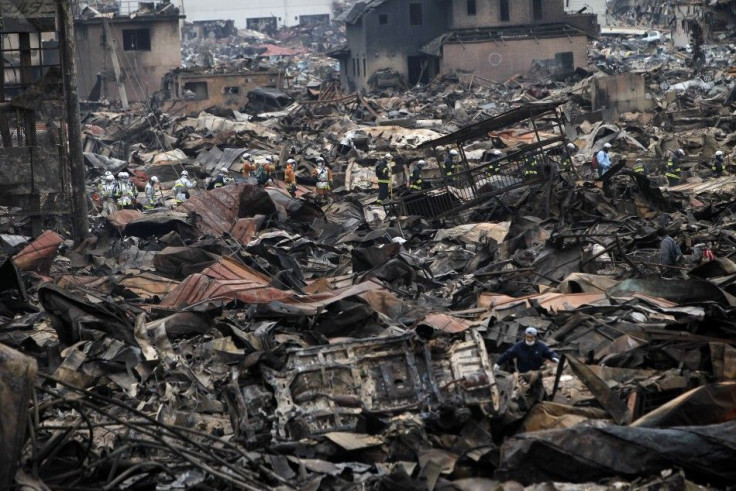Japan Quake Could Hit Chip Supply, Pricing: IHS

The Japan earthquake and tsunami could result in significant shortages of certain electronic components, potentially causing dramatic price increases, a market reaserch firm said.
IHS iSuppli said though there are few reports of actual damage at electronic production facilities, impacts on the transportation and power infrastructure will result in disruptions of supply, resulting in the short supply and rising prices.
Components impacted will include NAND flash memory, dynamic random access memory (DRAM), microcontrollers, standard logic, liquid-crystal display (LCD) panels, and LCD parts and materials.
Companies are facing problems shipping components, receiving raw materials and getting workers to their facilities, IHS iSuppli said. Power interruptions also are slowing production - and can be a major impact on the operations of manufacturing facilities - depending on the type of product being manufactured.
IHS said shortages and their price impact are likely to linger until the third quarter as infrastructure challenges will slow or suspend shipments from Japan during the next two weeks. However, IHS said the global supply chain has about two weeks of excess component inventory in the pipeline for semiconductor parts affected by the quake.
Spot-market DRAM pricing also is surging, having risen as much as 7 percent since Friday, IHS said. Pricing for higher-density NAND flash already has climbed by as much as 10 percent.
On Friday, the massive earthquake struck Japan followed by a devastating tsunami and subsequent threats of a nuclear outbreak and volcanic activity.
© Copyright IBTimes 2025. All rights reserved.





















